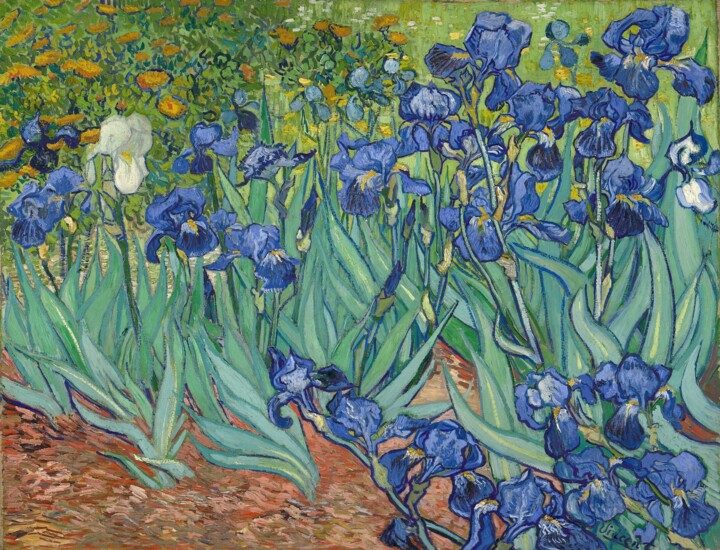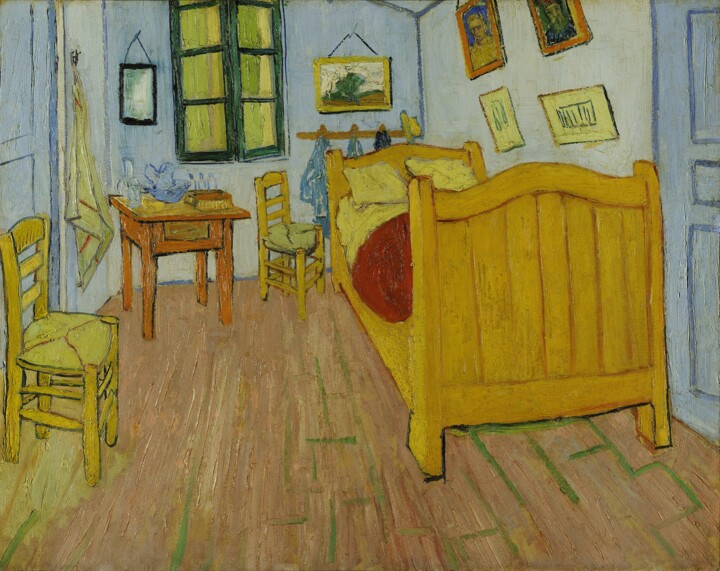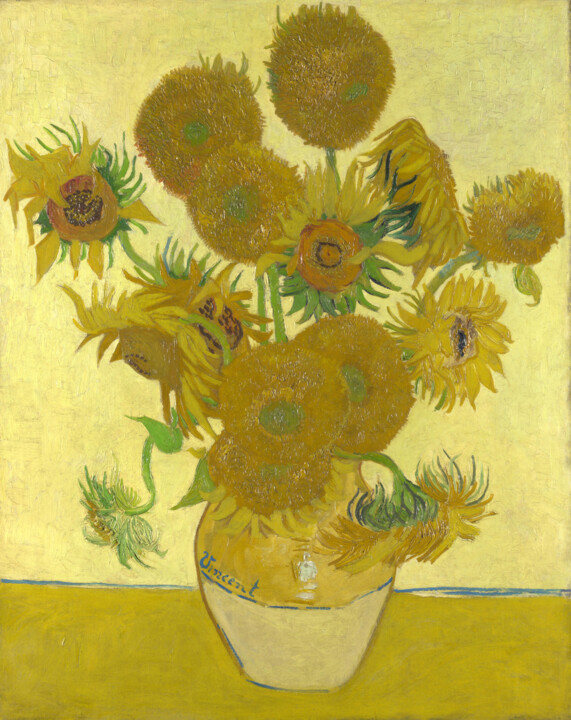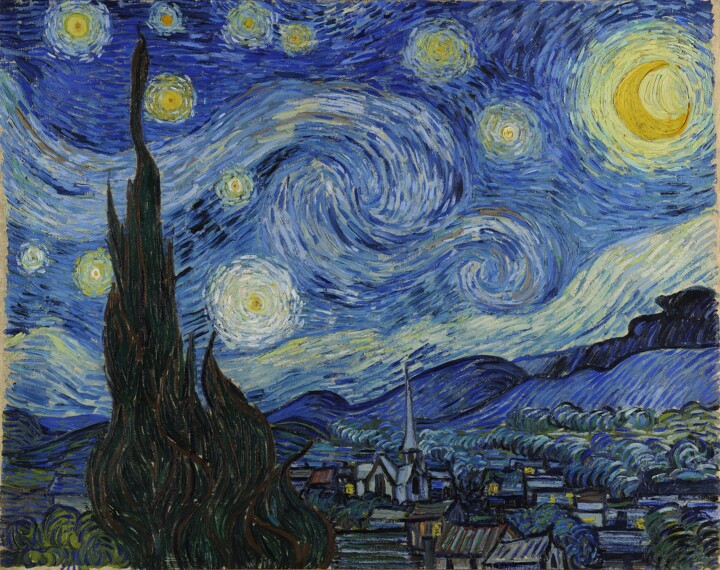To mark its 200th anniversary, London's National Gallery has unveiled a breathtaking exhibition titled Van Gogh: Poets & Lovers. This highly anticipated event showcases 61 of Van Gogh's masterpieces, many on loan from international museums and private collections. Critics have unanimously awarded the show five stars, hailing it as a "once-in-a-century" celebration of the artist's vibrant and emotionally charged work.
At the heart of this exhibition is Van Gogh’s Sunflowers (1888), serving as the show’s centerpiece. The gallery has gone to great lengths to secure such an extensive collection of Van Gogh’s work, justifying the steep £28 ticket price for adults. This landmark exhibition is supported by the Government Indemnity Scheme, which helped to navigate the complex logistics involved in securing high-profile loans from around the globe. For many, it’s a rare opportunity to witness these masterpieces together.
Despite the broad theme suggested by the title, Poets & Lovers, the exhibition focuses on Van Gogh’s final years, from 1888 to 1890, when he lived in Arles, France. The title seems more symbolic than thematic, as the connection to "poets" and "lovers" is loosely maintained throughout the show. Nevertheless, the exhibition is organized into sections such as The Garden: Poetic Interpretations, The Yellow House, and An Artist’s Home, though these labels sometimes feel arbitrary.
One of the show’s standout moments is the rare display of Sunflowers (1888) alongside the 1889 version from the Philadelphia Museum of Art, and La Berceuse (The Lullaby) (1889), a portrait of Augustine Roulin from the Museum of Fine Arts in Boston. This arrangement mirrors Van Gogh’s own vision, sketched in a letter to his brother Theo. It’s a unique opportunity for visitors to see the works as the artist intended.


 Jean Dubreil
Jean Dubreil





